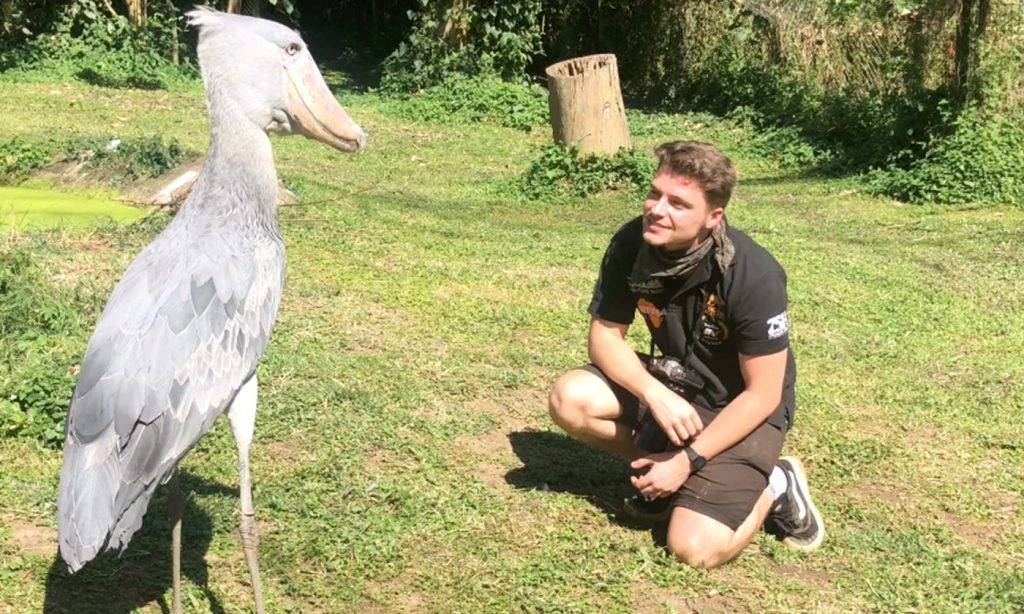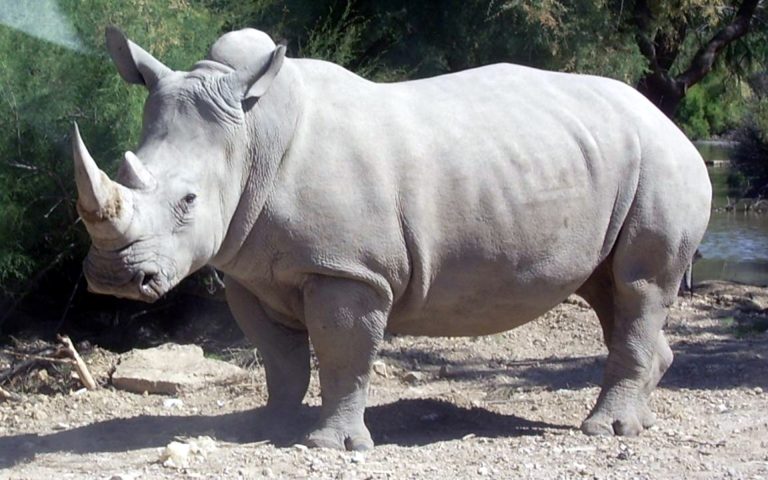- Blogs & Tips
The Shoebill stork: Facts, Diet, Habitat, Height, Size & Strength
- Last updated: 5 months ago
- By LSTWebmasters
The shoebill stork: Facts, Diet, Habitat, Strength & Height
A shoebill stork is a large, rare and dinosaurs-looking bird native to the swamps and wetlands of central and eastern Africa but mostly found in Uganda and DRC. It’s famous for its massive shoe-shaped bill, prehistoric appearance, and strange, almost motionless hunting style.
Here’s a simple breakdown:
Scientific name: Balaeniceps rex
Nickname: Whalehead, “death pelican” (unofficial), swamp king
Size: About 110–140 cm (3.5–4.5 feet) tall, with a wingspan of up to 5 meters (8 feet)
Weight: 4–7 kg
Beak: Huge, shoe-shaped, up to 24 cm long with a sharp hook at the end
Diet: Carnivorous – mainly lungfish, catfish, frogs, baby crocodiles, snakes
Behavior: Extremely still and quiet; hunts by waiting motionless for prey
Habitat: Freshwater swamps and wetlands in Uganda, South Sudan, Zambia, and DR Congo
Lifespan: Up to 35 years in the wild
Shoebills are known for their giant size, stillness, powerful beak, and unusual dinosaur-like appearance. Despite their intimidating look, they’re not aggressive toward humans—but their silent presence in the wild is both thrilling and haunting. Seeing one in the wild, especially in Uganda’s Mabamba Swamp, is considered a once-in-a-lifetime wildlife encounter.
Imagine standing knee-deep in papyrus swamp. The sun’s climbing, sweat beads behind your ears, and suddenly your guide stops. You scan the reeds. Nothing. Then he points—and your eyes adjust.
It’s there. Not moving. Not blinking. Just staring.
A shoebill stork looks like a statue, or a dinosaur that forgot it was extinct. You half expect it to open its mouth and speak Latin. But no. It stays silent. Watching and judging.
And you realize something: this bird doesn’t care that you exist. And that might be the coolest, weirdest wildlife moment you’ll ever have.
Shoebill Stork Size: Bigger Than you think
Shoebills are huge. Standing 110 to 140 cm (3.5 to 4.5 feet) tall, with a wingspan stretching up to 2.5 meters (over 8 feet), they’re taller than most kindergartners and look like they were designed by a bored fantasy illustrator with a sense of humor.
The shoebill stork isn’t just big bit, it also feels big. When a bird that big is standing less than ten feet from you, unmoving, unbothered, it messes with your instincts. Your brain screams “predator,” but your eyes say “bird.” That mental conflict? It’s strangely addictive.
Compared to the size of ostrich, a shoebill is half the weight of an ostrich and with a wingspan of 250cm (even more than of an ostrich). The shoebill stork is considered one of the largest birds alive.
The Shoebill stork: Facts, Diet, Habitat, Height, Size & Strength Pictorial



Shoebill Strength: The Silent Strike You Don’t See Coming
Shoebills are slow, still and patient. But when they move, they strike like a guillotine. Their broad bill—like a shoe turned into a blade—is powerful enough to crush a lungfish, snatch up baby crocodiles, or even grab snakes right out of the water.
It happens in a blur. One second: stillness and the next one is a splash, snap, silence. What’s unsettling is how clinical it looks. No drama. No flapping. Just a single, deadly motion—then back to stillness.
You begin to wonder if it’s judging you the same way it sizes up fish.
Shoebill Diet: Flesh and Patience
Unlike many other storks, the shoebill is carnivorous and deadly. It prefers live prey:
- Lungfish (its favorite)
- Catfish
- Eels
- Frogs
- Young tortoises.
- Small crocodiles (yes, really)
They wait motionless in swampy waters for what feels like forever. And when something unlucky swims close, they strike fast—then use that giant bill to crush, shake, and swallow prey whole. Watching this happen is part horror film, part nature documentary.
The most surreal part? How little noise they make while doing it. You won’t hear a dramatic eagle scream. Just snap, gulp, and silence.
Shoebill stork Habitat:
Shoebills can be seein central and eastern Africa, majorly around swamps, wetlands, and flooded grasslands. The best places to find them include:
- Mabamba Swamp (Uganda)
- Bangweulu Wetlands (Zambia)
- South Sudan
- Northern DR Congo
These are wild, wet, mosquito-filled, heart-thumping places. You’ll need a canoe. Maybe even a bit of faith. But the reward is huge.
Not just the bird—but that feeling of being somewhere so remote it doesn’t care if Google Maps knows it exists.
Suggested Packages
Shoebill stork Bite Force
There’s no formal “bite force” study on shoebills (because who signs up for that job?), but anecdotal evidence from guides and researchers is clear: that beak can kill. It can crush skulls, break spines, and split prey clean in two.
Shoebills have strong jaw muscles to drive their curved, nail-tipped upper beak into slippery, armored fish. And when you see it up close? You wouldn’t want your hand anywhere near that thing. It’s not just a beak—it’s a bladed clamp.
The takeaway? It’s not the size of the bite—it’s how shockingly fast and quiet it is.
Tips for Spotting a Shoebill Stork
- Best place: Mabamba Swamp, near Entebbe, Uganda (easy half-day trip).
- Best time: Dry season (June–August) for easier canoe access and clearer sightings.
- Don’t move too fast: They hate surprises. Paddle slow. Observe more than you chase.
- Binoculars help, but patience helps more.
- Book early: Shoebill tours are limited. This isn’t a mass-tourism species.
Why You Should Go
Because you’ve seen lions and giraffes on TV. But you haven’t seen this.
The shoebill is the bird you didn’t know you needed to see. It’s not majestic in the classic sense. It’s eerie. Ancient. Slightly absurd. And absolutely unforgettable. When it finally blinks—or croaks like a creaky door—you’ll feel something deep in your chest shift.
This isn’t about birdwatching. This is about coming face to face with something wild and weird—and realizing how little you really know about the world.
Conclusion
Ready to lock eyes with this dinosaur looking bird that doesn’t blink?
The shoebill is waiting—but it won’t wait long. Book your Uganda shoebill encounter today—and meet the wildest bird you’ve never heard of
Send Enquiry
Step into the mist and meet a wild silverback face to face.
In that silent moment, something inside you changes forever and that time, you will understand that gorilla trekking isn’t just a trip but a soul-stirring journey.
GET A QUOTE
Limited permits available.










